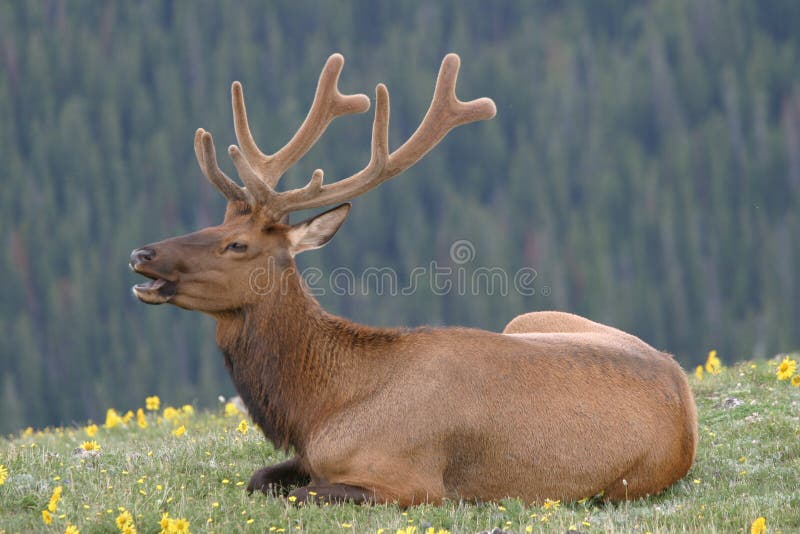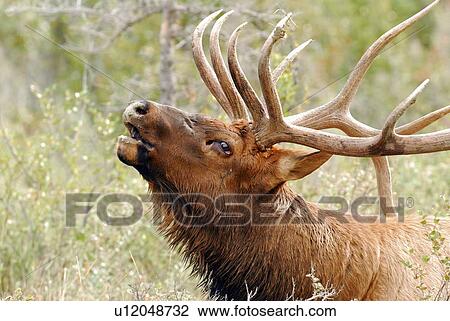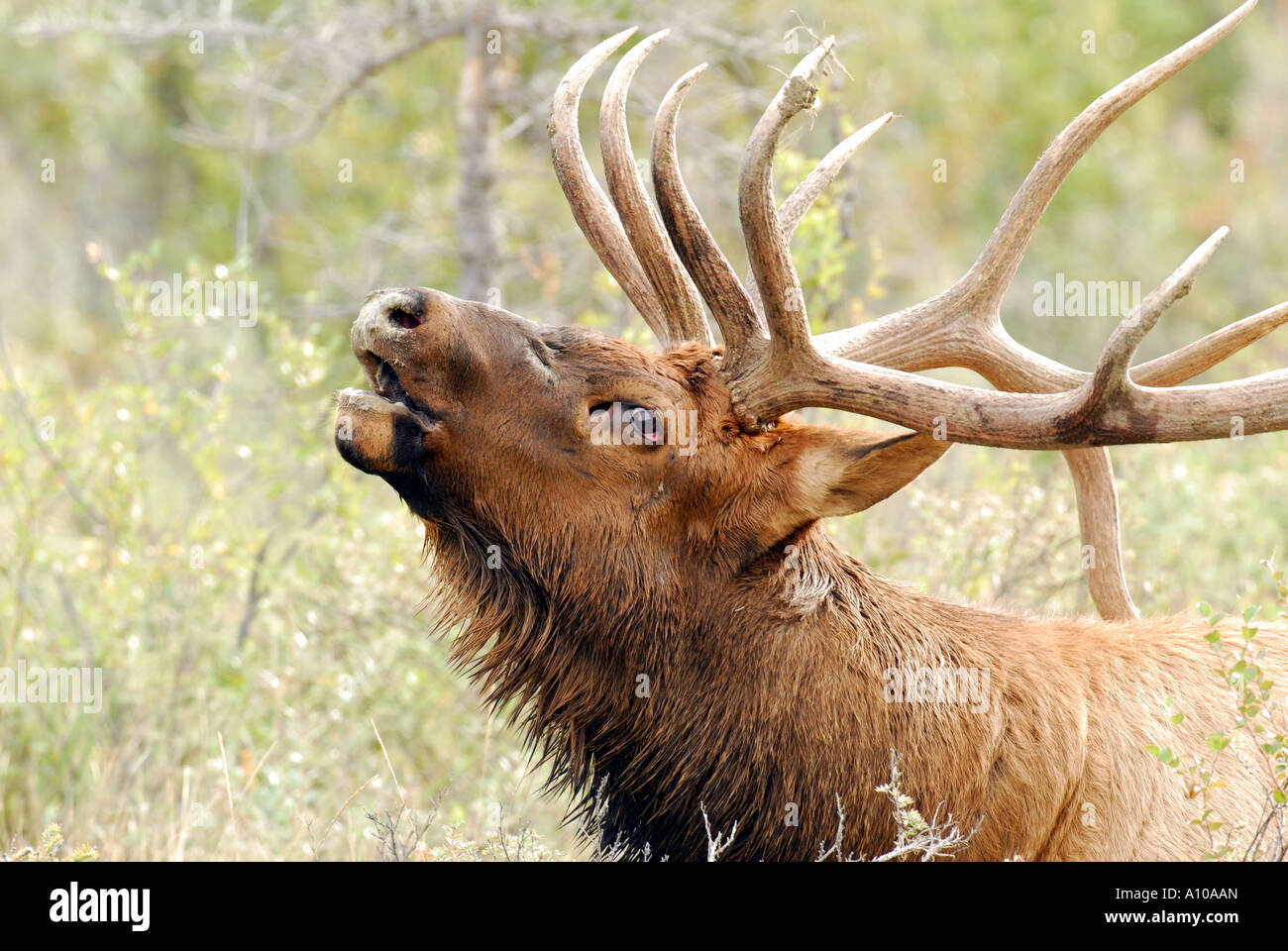

Countless times, they have had bulls spook just before a shot opportunity, and with the mouth call, they are able to stop the alerted bull and get off the shot. The Primos Team always has an elk mouth call in their mouth at all times. The options and versatility of the cow calls serve many purposes and depending on your style of hunt will determine which cow calls are best for you. Primos offers a number of bugle calls that serve different purposes such as the Super Pack Bugle and Bull Horn for easy packing and close, subtle bugles, or the Bullet Bugle Elk Calland Terminator Bugle for loud, long-range, locating bugles. When calling elk, being versatile is key we have put years of recording and research into our calls. Primos elk calls come in many shapes, sizes, and sounds. Will Primos’ love for the high country shows through with the quality of elk calls that Primos continues to produce year after year.

Primos Hunting is widely known as the premier elk calls and elk videos on the market.

Luckily, it does not take nearly as much time or energy to sound like an elk. People prepare all year getting physically and mentally in shape for their annual 4-7 day hunt. The ElkNut crew will run this sequence for an hour or more in a spot with promising sign.Elk hunting is tough. If they don’t show on the first run, slowly bring down the call intensity, then break for a minute or two before starting it all up again. Other bulls will hear this and charge in to size up your bull. Switch to guttural groans and glunking-a deep gulping-like sound that bulls make near hot cows. “You’re creating a response to your hot-cow calls.” Use your mouth and make it loud. “Pants show excitement, like something is about to happen,” Medel says. Start with pants, chuckling, or light screams. The level of intensity should move up and down throughout the call sequence. Slow It DownĪfter five or six minutes pass, calm it down. Think of it as throwing an elk party-big animals hooting it up. Keep calling: Cast sounds left, right, straight up in the air, and backward. The idea is to sound as if you’re elk sloshing through the brush. You’re imitating a small group of cows milling around, chatting it up. Let the sounds ebb and flow in volume and tone. Switch between the cow, calf, and hot-cow calls. Flow into a higher pitch-a more nasally buzz-and lengthen the call to simulate the hot cow’s getting more and more revved up. She’s in estrus, so put emotion into it, like you’re blowing a predator call. With your cow call, make calf sounds, which are shorter and snappier in tone. Mimic social herd talk-hit no alarming or threatening notes-for 30 seconds to a minute. With a diaphragm or bite-and-blow reed call, start the sequence with cow sounds. Figure the herd’s movement pattern by looking at the direction of their tracks. Elk have excellent hearing, and this sequence can work from a mile away. That means they take one trail into the bedding area, and another trail out.” If the wind is right, move in as close as you can without boogering the elk. “The thermals mean survival for elk,” Medel says. “They’ll be in that vicinity the next day, and the next day, until a predator pushes them out.” 2. If you’re hearing sounds after 9:30 a.m., odds are they’ve moved into a bedding area. If you can hear them, you can pinpoint them,” Medel says. Locateįind elk by climbing high and listening. Paul “ElkNut” Medel uses it, and his five-man ElkNut crew () has killed 178 bull elk in the last 25 years-all on over-the-counter, public-land hunts. Take your calling to another level with this breeding sequence, which mimics a small herd of elk tearing up the timber.


 0 kommentar(er)
0 kommentar(er)
